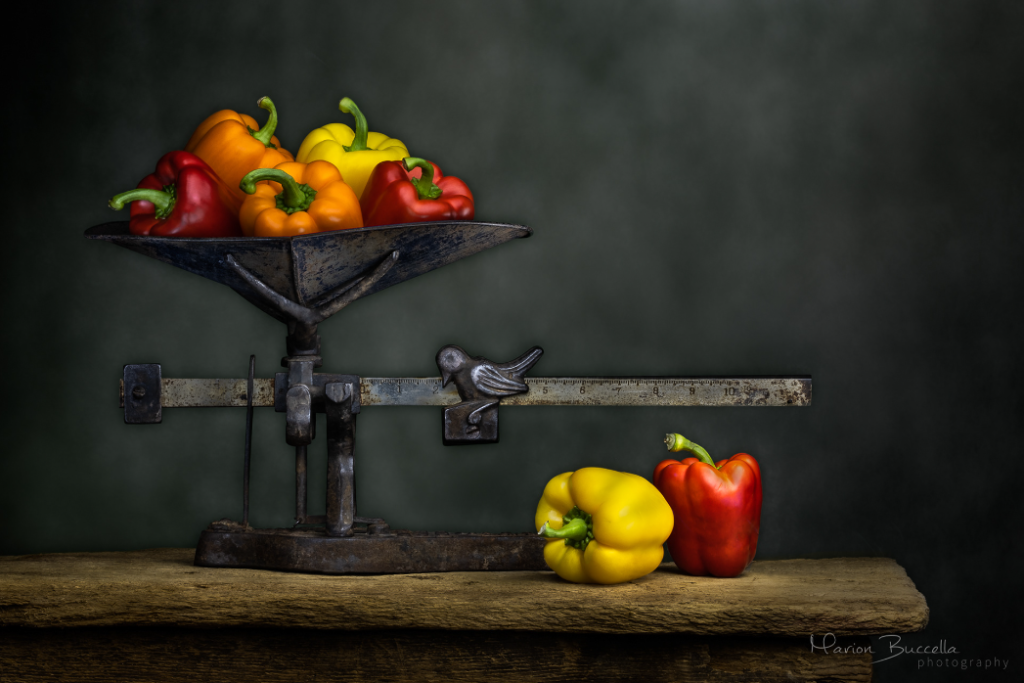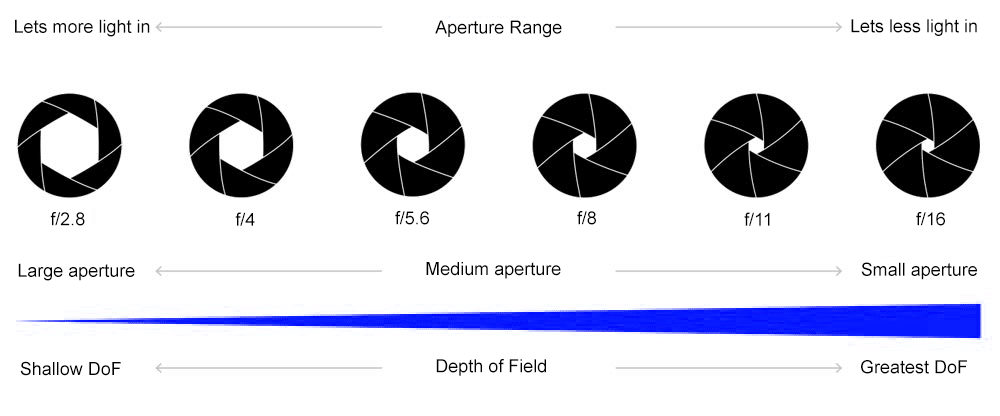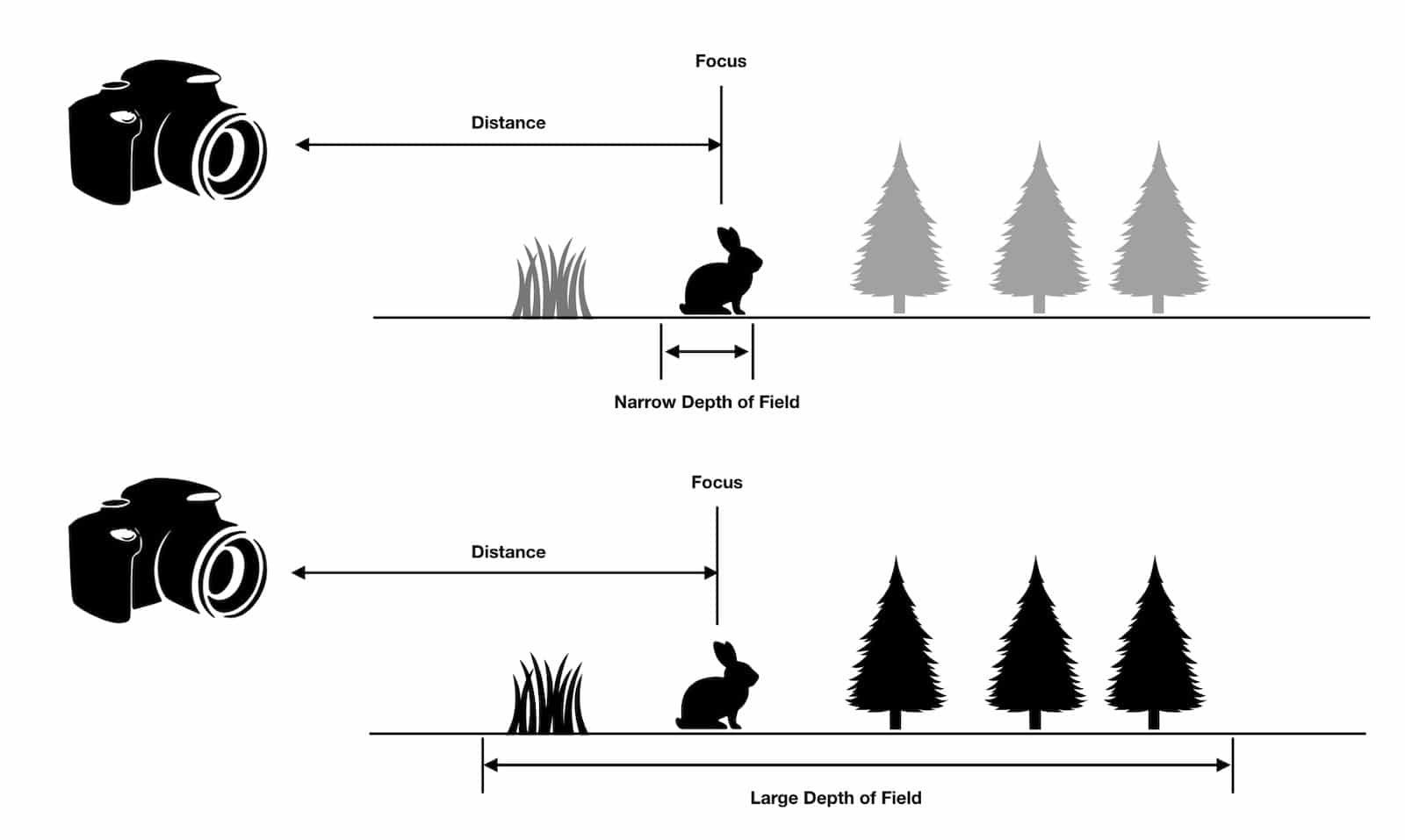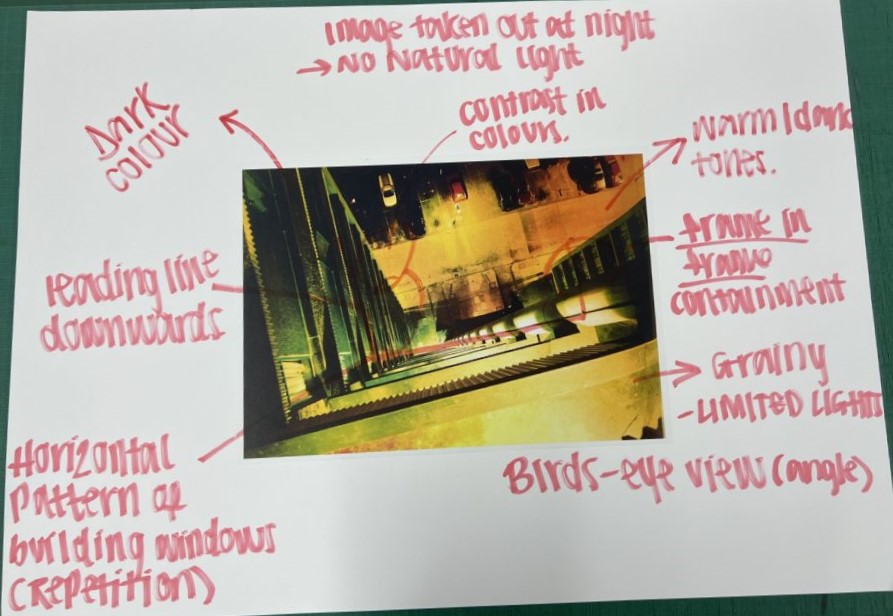Still life photography is taking pictures of objects that are arranged in a way that gives it narrative, still life photography is based on the Latin ideology Memento Mori (remember death). experiencing still life photography gives opportunities to use lighting, composition, textures in your photography.
Vanitas is art showing the shortness of life the futility of pleasure, and the certainty of death. Best known of vanitas still life art.
Memento Mori is an artistic or symbolic trope acting as a reminder of the inevitability of death, Memento Mori originated in ancient Rome where slaves used to accompany generals in victory parades and whisper Memento Mori to remind them of their mortality.

Still life art has existed since the 17th century to modern day, but in the 19th century, artists adopted still life photography.
Richard Kuiper
Richard Kuiper is a still life photographer who uses luxury items and utensils to show off their wealth, for example he uses: shells from the East Indies, priceless glassware from Venice, porcelain from China, silver and gold from Antwerp.




































